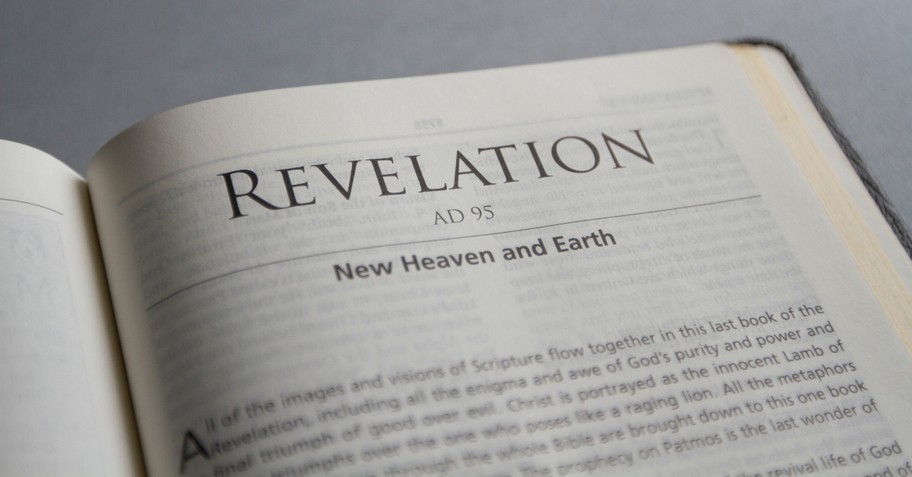In his grace, God has seen fit to reveal to us his sovereign purpose and plan for all creation. From the opening pages of Genesis to the final verse of Revelation 22, God has given us his revealed word in entirety.
The collection of 66 books, referred to as the canon of Scripture, is now closed. No more Scripture will be written.
In fact, Revelation ends with a sober warning to anyone who seeks to add this final chapter of divine revelation:
I warn everyone who hears the words of the prophecy of this scroll: If anyone adds anything to them, God will add to that person the plagues described in this scroll. And if anyone takes words away from this scroll of prophecy, God will take away from that person any share in the tree of life and in the Holy City, which are described in this scroll. – Rev. 22:18-19
We should never expect to find God’s revealed word in any place other than the pages between Genesis 1 and Revelation 22.
Revelation Explained Insight 2: People Interpret Revelation 4 Different Ways
The book of Revelation presents significant challenges when it comes to its interpretation. Christians throughout the centuries and across denominations have viewed the book through different lenses. The four common approaches are:
The Preterist View: This view interprets Revelation as referring to the time of the first-century church, and therefore, all the events in Revelation refer to that time.
The Historicist View: This view interprets the events in Revelation as referring to the whole of church history, from the Apostles to the present. This approach seeks to identify moments in church history, such as the rise of Roman Catholicism, to events described in Revelation.
The Idealist View: This view sees Revelation as referring to the cosmic struggle of good versus evil, and therefore does not have any connection to real historical or future events.
The Futurist View: This view contends that Revelation is first and foremost a prophecy describing the culmination of God’s sovereign plan for the universe. The events described in Revelation 6 through 22 refer to the end times, when Jesus Christ executes judgment on the earth and restores all things.
This author holds to the Futurist view. This approach seems to be the most consistent with the events described in Revelation, but most convincingly, it agrees with Revelation’s own claim, repeated both at the beginning and the end of the book:
Blessed is he who reads and those who hear the words of the prophecy – Rev. 1:3 (see also Rev. 22:7)
The book of Revelation was written to comfort the people of God by revealing the “end of the story.” The prophetic events described in Revelation are yet to occur.
Photo Credit: ©GettyImages/ArtyFree











